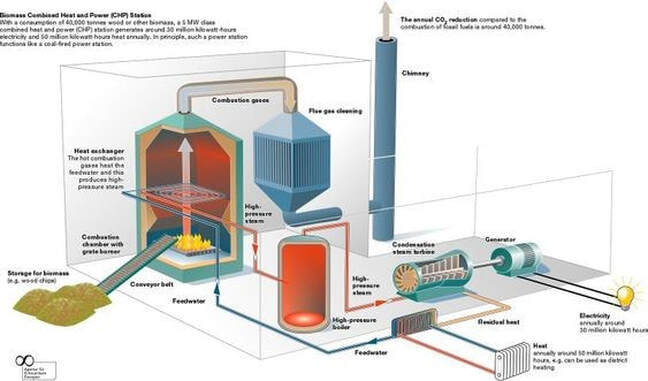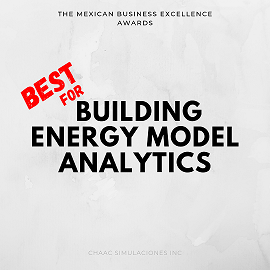|
One of the great approaches for cold climate countries to improve the efficiency in buildings where photovoltaic system could not be generate sufficiently, is through CHP (cogeneration of heat and power) plant.
ApplicationsThere is various use of the CHP plant, but most of them are used where there is a large demand in heating such as cold countries where large plants produce the heat that is distributed to buildings just by connecting to the network. Additional to natural gas, the water could be heated from biomass or even landfill waste could be incinerated to be used in another form by people. The CHP could be used for campus, hospital, or industrial complex in order to be independent from the grid. Our team, have work on an industrial project in Mexico desiring to be self-sufficient in electricity even if heating is not required, however they have a 24h manufacturing cooled facility. Thus, the CHP heat is converted into chilled water for conditioning with an absorption chiller and the electricity produced helps reduce their consumption to 45% while lowering the maximum demand load number. Modeling and LEED Our energy modeler experts have documented various LEED projects that take advantage of CHP plant at local or district level. The preferred approach is to model the plant directly as a heating and electricity source, this is more than simple using IESVE. The information required are the efficiency curves, the network distribution loss, and the maximum heat output from the plant. This component is connected directly to the hot water loop, or chilled water loop when using absorption chiller, to provide the required heat at each second while generating energy. We highly recommend to model the CHP instead of manually inputting the contribution to your energy results, to be able to visualize CHP plant operation and how the electricity maximum load evolves. Please share your opinion below, your participation means a lot to us.
* CHP Technology, https://no.pinterest.com/pin/425027283577204903/
0 Comments
|
Suggest topicsWeekly our team select the most relevant topic of the industry to talk about. However, our readers' interests are even better. Archives
June 2021
Categories
All
|
GREEN BUILDING CERTIFICATION - ENERGY MODELING - |
Offices | OficinasCalle 20 438, Oficina 116,
Colonia México, Mérida, Yucatán, México 97125 +52 999 838-0096 [email protected] |
Copyright © 2018-2024 Chaac Simulaciones Inc. All Rights Reserved.
|


 RSS Feed
RSS Feed








